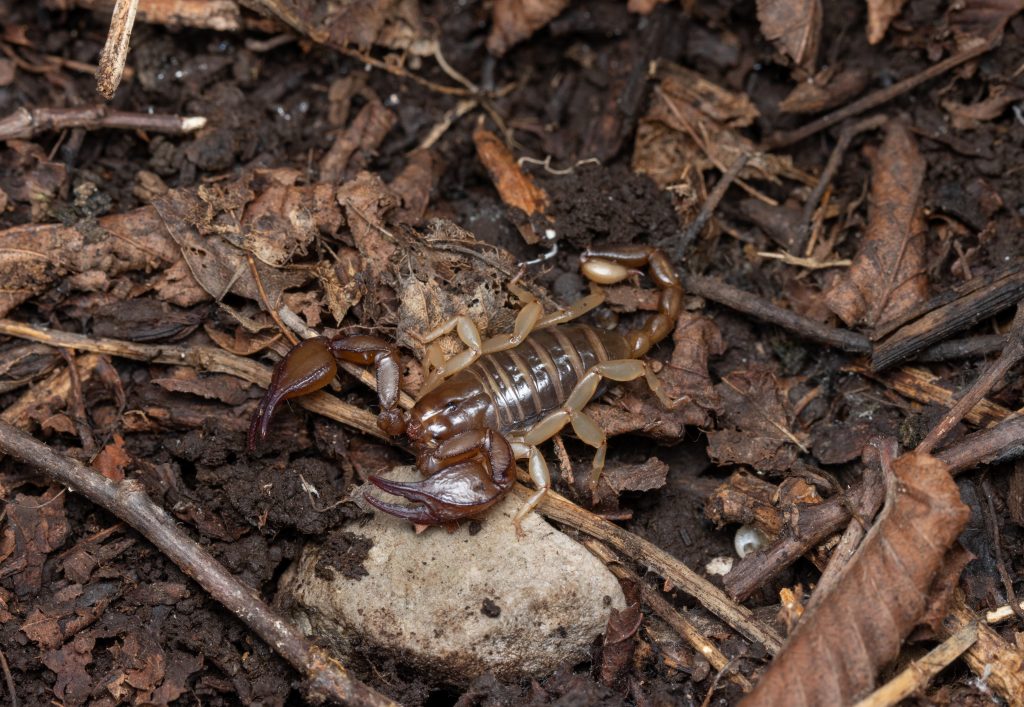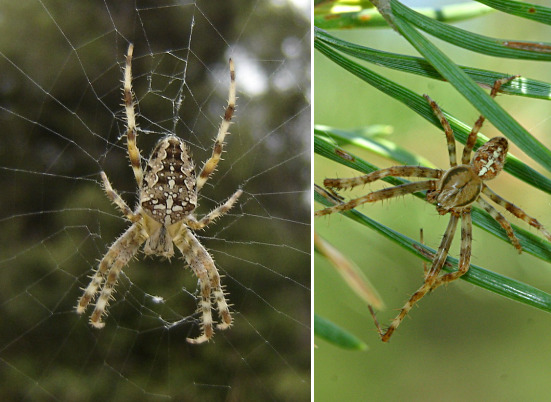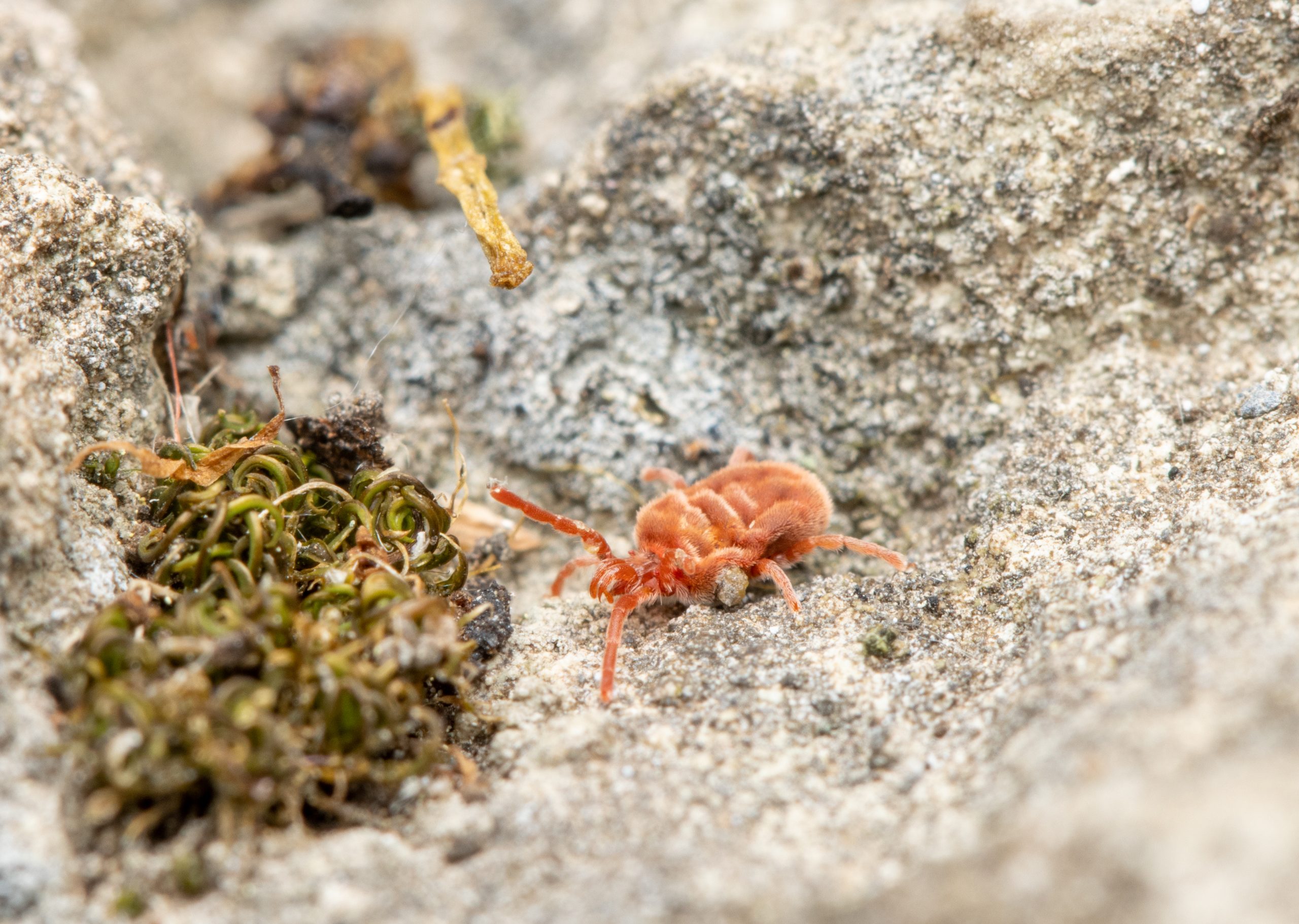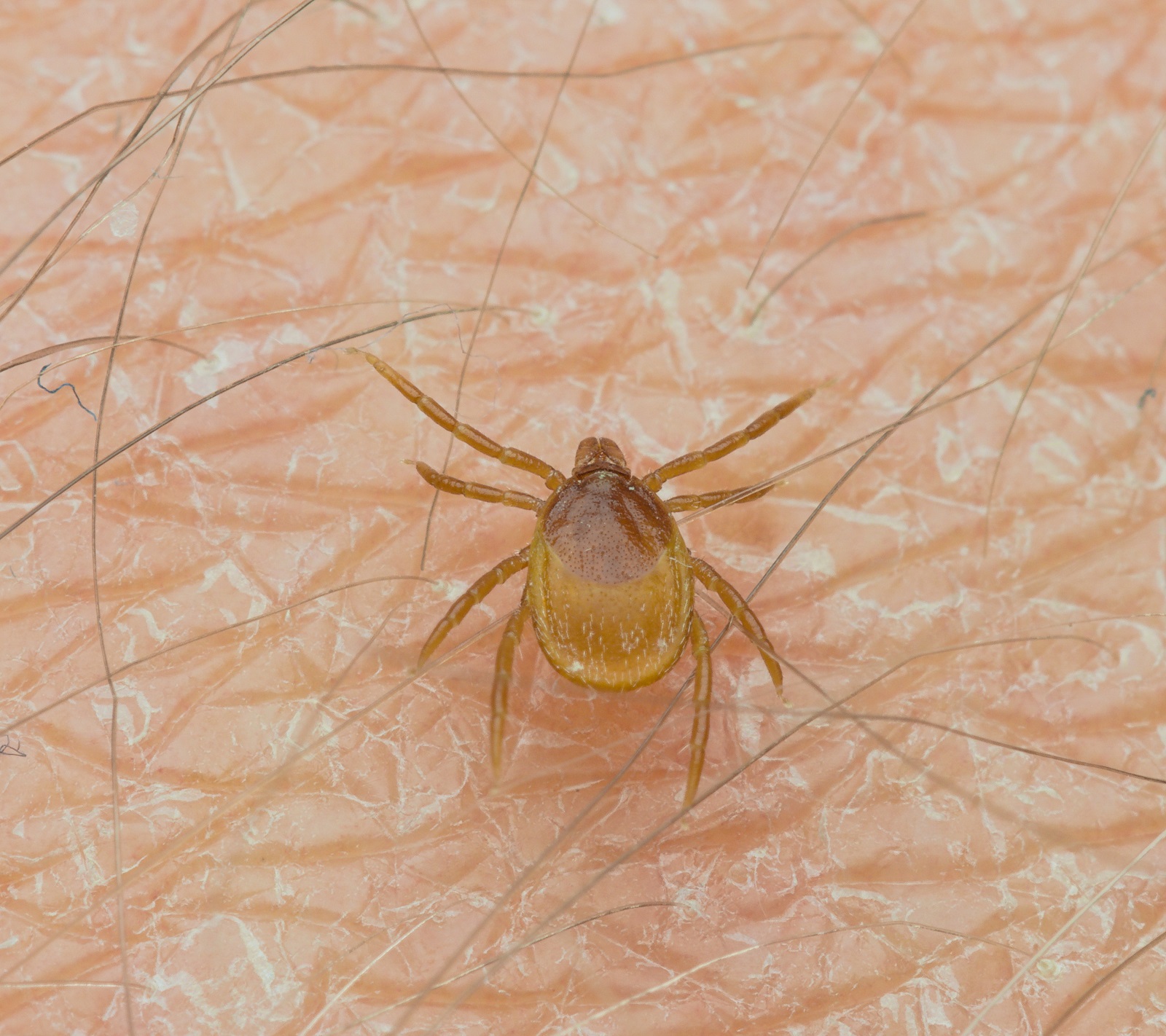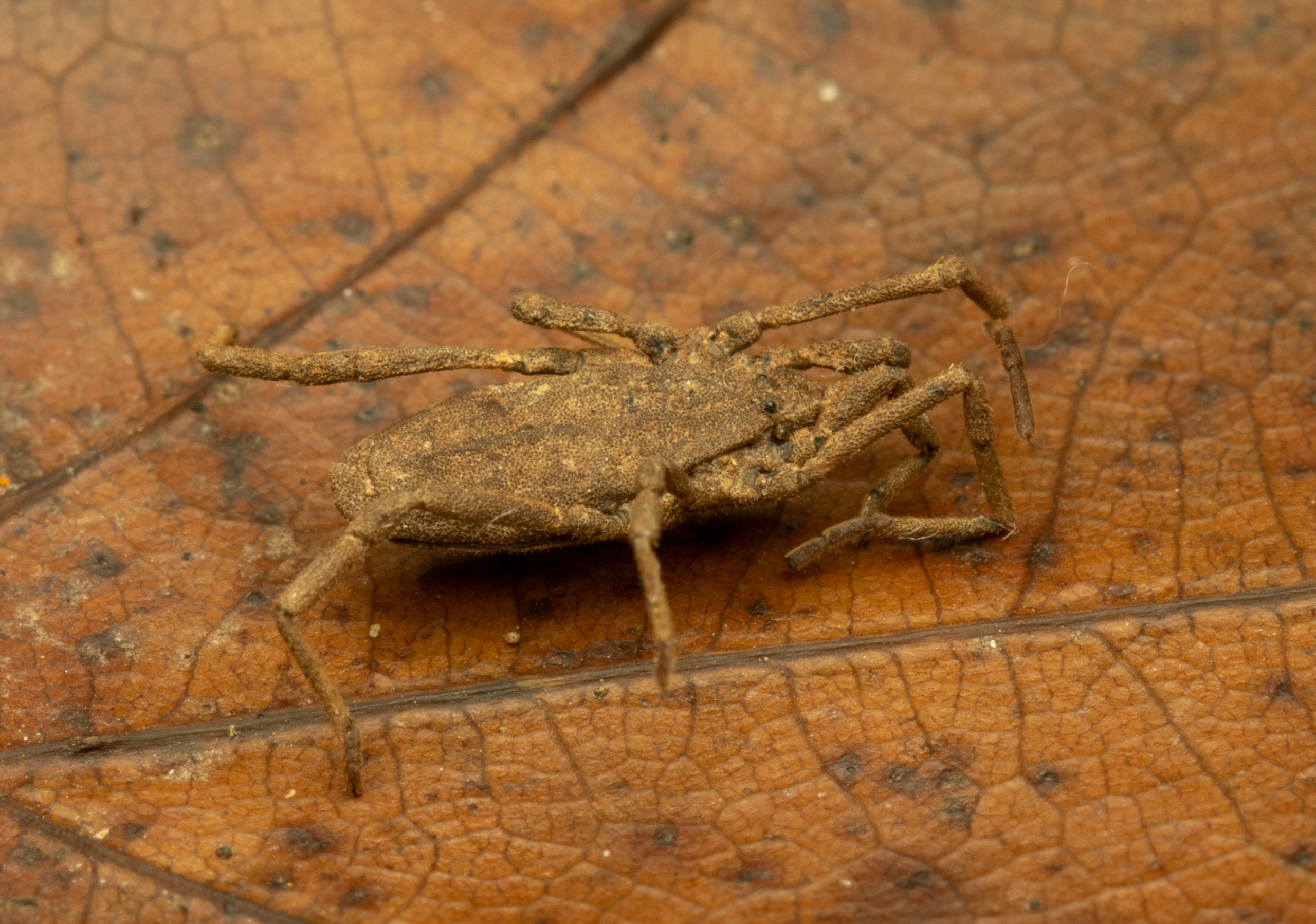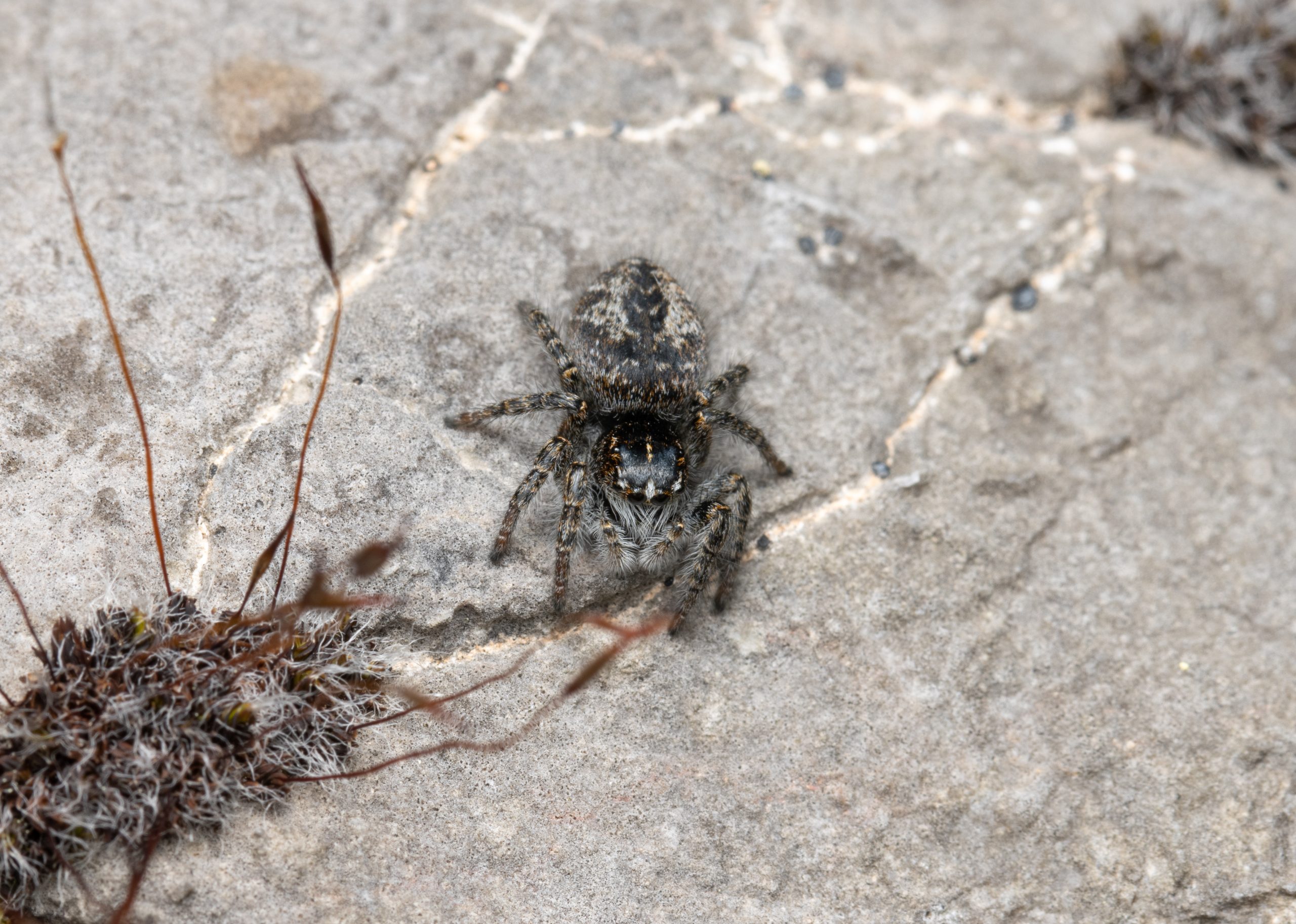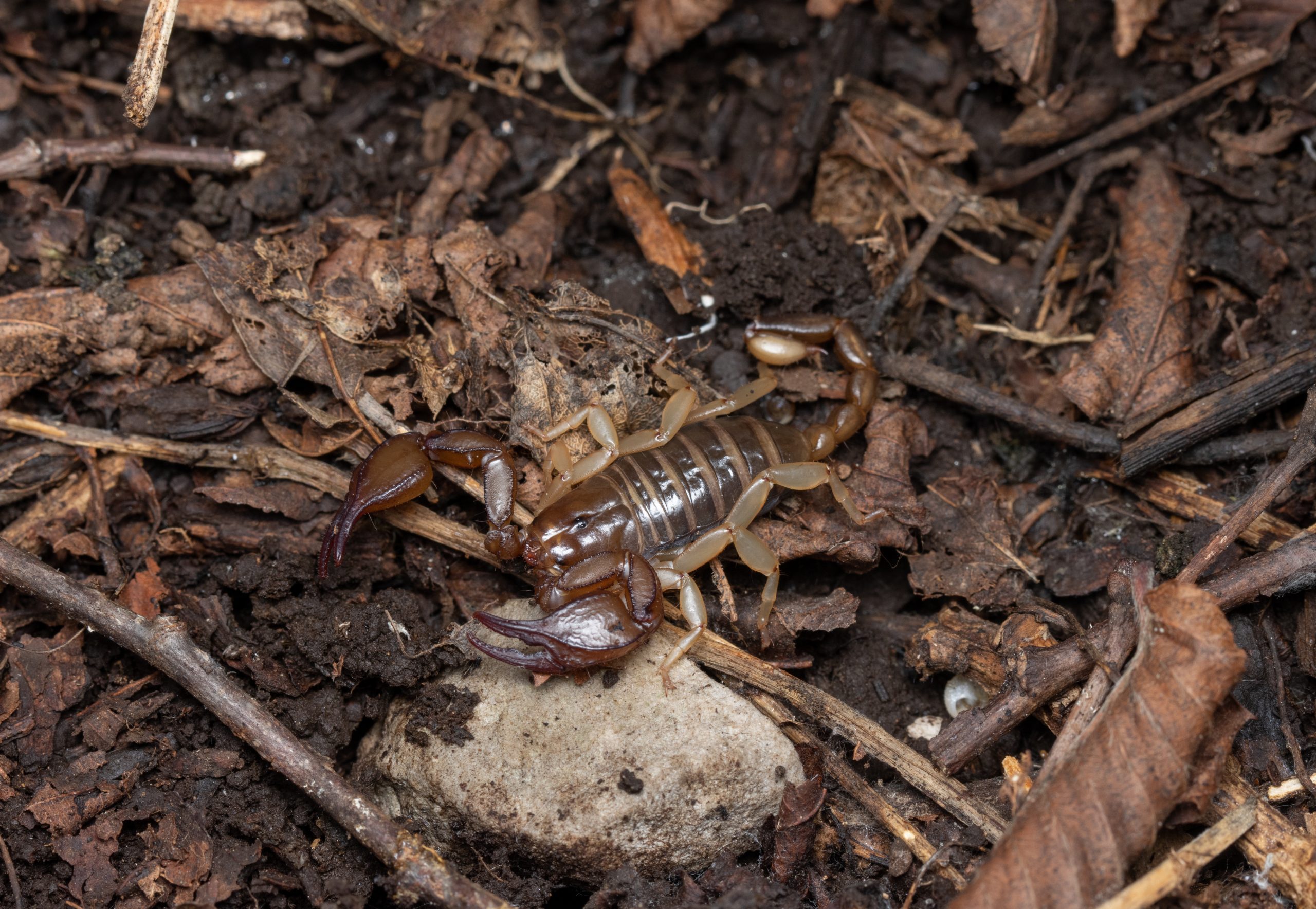- Chelicerata
Scorpiones
Scorpions are relatively large arachnids, which can range from a little less than a centimeter up to 23 centimeters in length. As in other arachnids, their body consists of a cephalothorax (prosoma) and abdomen (opisthosoma). The cephalothorax is broadly connected to the abdomen which is further divided into the anterior part (mesosoma) of seven segments and the narrower posterior part (metasoma) of five segments.
The wide and flat cephalothorax consists of six dorsally fused segments. A pair of large eyes is positioned dorsally in the middle of the cephalothorax and two groups of smaller eyes are located at the anterior edge of the cephalothorax. The cephalothorax bears six pairs of appendages. The first pair are small chelate chelicerae used in maceration and transport of food towards the mouth at the base of the chelicerae. The second pair of appendages are large chelate pedipalps, which are one of the recognizing characteristics of scorpions and serve to catch prey. The pedipalps are followed by four pairs of walking legs. The basal segments of the first two pairs of legs are modified as blades that macerate and masticate the prey. The front legs have numerous sensory setae (trichobothria).
The abdomen lacks appendages. At the ventral side of the second segment of mesosoma a pair of comb-like sensory organs (pectines) are located. Between them a genital opening with a covering can be observed. The ventral sides of the rest of the mesosomal segments bear slit-like spiracles of book lungs. The metasoma, which is colloquially known as “tail”, ends with a telson that contains a venom gland and has a stinger to inject venom.
The scorpions are generally distributed in warmer climates, however some genera such as Euscorpius inhabit the temperate regions. They are nocturnal animals, and their flattened bodies allow them to hide under rocks, under bark, in cracks and other narrow crevices, where they retreat during the day.
The males and females do not differ in the external morphology and size. Scorpions of the genus Euscorpius grow up to five centimeters in size. To hunt prey and orient in the environment they depend primarily on vibroreception with trichobothria and chemoreception with pectines, despite their numerous eyes. They are solitary ambush predators that use the stinger to subdue larger prey and for defense. The sting of species present in Slovenia is painful however the effects of venom are localized and diminish in a couple of days.
More photos
Related arthropods

Authors
- Urban Bogataj,
- Gregor Bračko,
- Teo Delič,
- Cene Fišer,
- Žiga Fišer,
- Rok Kostanjšek,
- Rudi Verovnik,
- Miloš Vittori,
- Valerija Zakšek.
Students Vito Ham, Vesna Jurjevič, Gaj Kušar, and Adrijan Samuel Stell Pičman also participated in the project.
